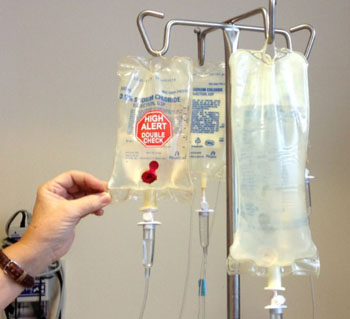Radiologists Need to Become Central Members of Cancer Teams
By MedImaging International staff writers
Posted on 08 Aug 2016
Radiologists need to become established as central members of cancer teams because of an expected increase in the importance of imaging for cancer between the years 2016 and 2026. Radiologists are responsible for early identification of toxicity using precision oncology imaging, and need to interpret these findings, including the relationship of the findings with tumor response, and the effect on metastasectomy.Posted on 08 Aug 2016
The review article was published in the July 2016 issue of the American Journal of Roentgenology by radiologists and researchers at the Dana Farber Cancer Institute radiology department (Boston, MA, USA). The purpose of the article is to help radiologists understand imaging-evident toxicity.

Image: Radiologists can ensure their role as central members of the cancer team with a better understanding of imaging-evident drug toxicity (Photo courtesy of the Dana Farber Cancer Institute).
Oncologists are using new cytotoxic agents, and new drug combinations to control cancer, but these can lead to increased toxicity, sometimes with unpredictable outcomes. The study intends to guide radiologists how to deal with changes in toxicity in imaging findings.
Study leader, Stephanie A. Holler Howard, Department of Radiology, Dana Farber Cancer Institute (Boston, USA), said, "This article attempts to expand the radiologist's view of the effect of imaging-evident toxicity by delineating how oncologists grade toxicity, highlighting the potential relationship between toxicity and drug efficacy, discussing how toxicity affects patients who may ultimately undergo metastasectomy, and exploring the effect of combining multiple drug classes on severity of adverse events. Radiologists must understand the language and multifaceted nuances of toxicity to contribute to optimized care of cancer patients and remain relevant effective members of the oncologic team."
Related Links:
Dana Farber Cancer Institute













